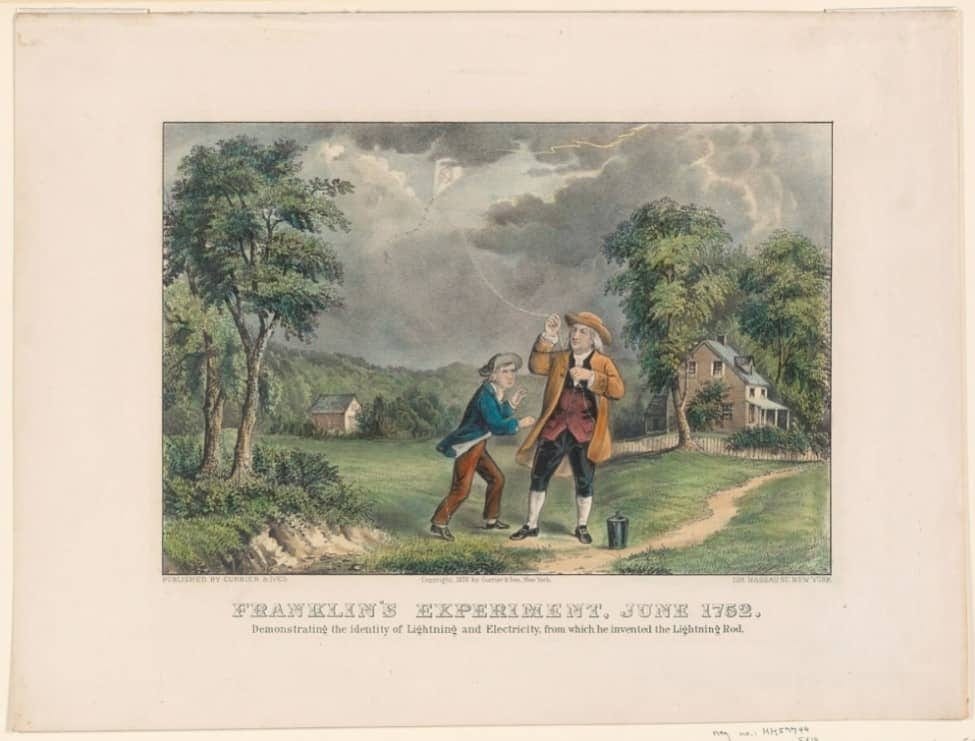In the summer of 1752, Benjamin Franklin was waiting for a storm to demonstrate that lightning and “electric fire” were the same. Because colonial Philadelphia lacked structures tall enough, he had dug a metal key into an open field and attached a kite to it with wet rope. In a moment that cemented his legacy as a Renaissance man, Franklin hoped to catch lightning.
At first, Franklin was disappointed, H.W. Brands recounted in The First American. There was a storm, yet the metal key “gave no indication of absorbing an electrical charge.” Then he noticed that loose threads on the rope were standing upright, “just as if they had been suspended on a common conductor.” He moved his hand toward the key and “perceived a very evident electric spark.”
Consider what was necessary for this moment to happen. I’m not talking about buying a kite but about time and choices.

My mental image of Franklin had long been that of a patron saint for self-made capitalists (with Charlie Munger as his most prominent disciple). I thought of his aphorisms and virtues like industriousness (“He that rises late must trot all day.”), thrift (“A penny saved is a penny earned.”), and prudence (“Rather go to bed without dinner than to rise in debt.”). These, Walter Isaacson wrote in Benjamin Franklin: An American Life, together with Franklin’s distaste for “hereditary privileges” and the “idle landowning leisure class,” shaped “the outlook of much of America’s middle class.”
But what stands out to me today is that Franklin retired at 42 — his life was basically an early example of FIRE (Financial Independence, Retire Early). A little thought experiment illustrates what I call money’s potato chip problem and why we need examples like Franklin to get us on the right path.
Keep reading with a 7-day free trial
Subscribe to Frederik's Age of Alchemy to keep reading this post and get 7 days of free access to the full post archives.



